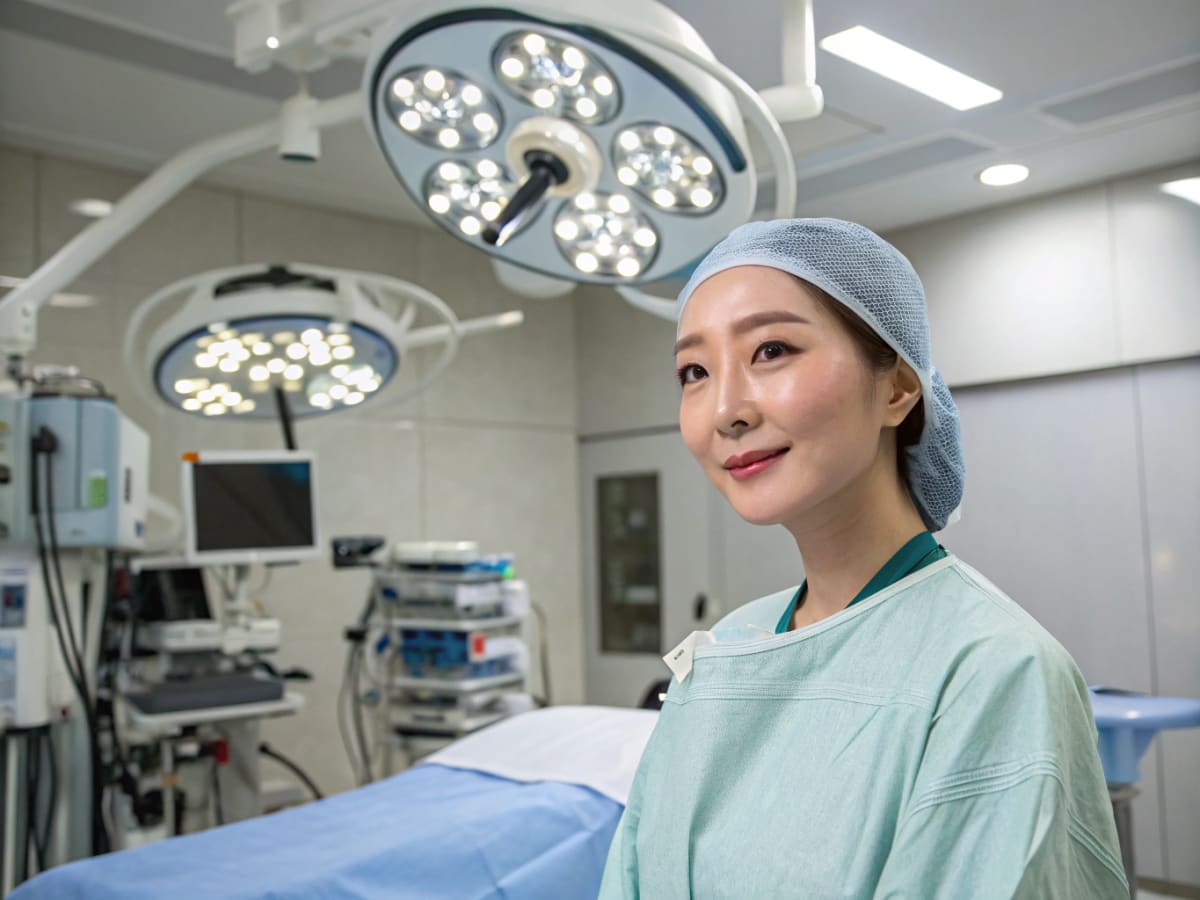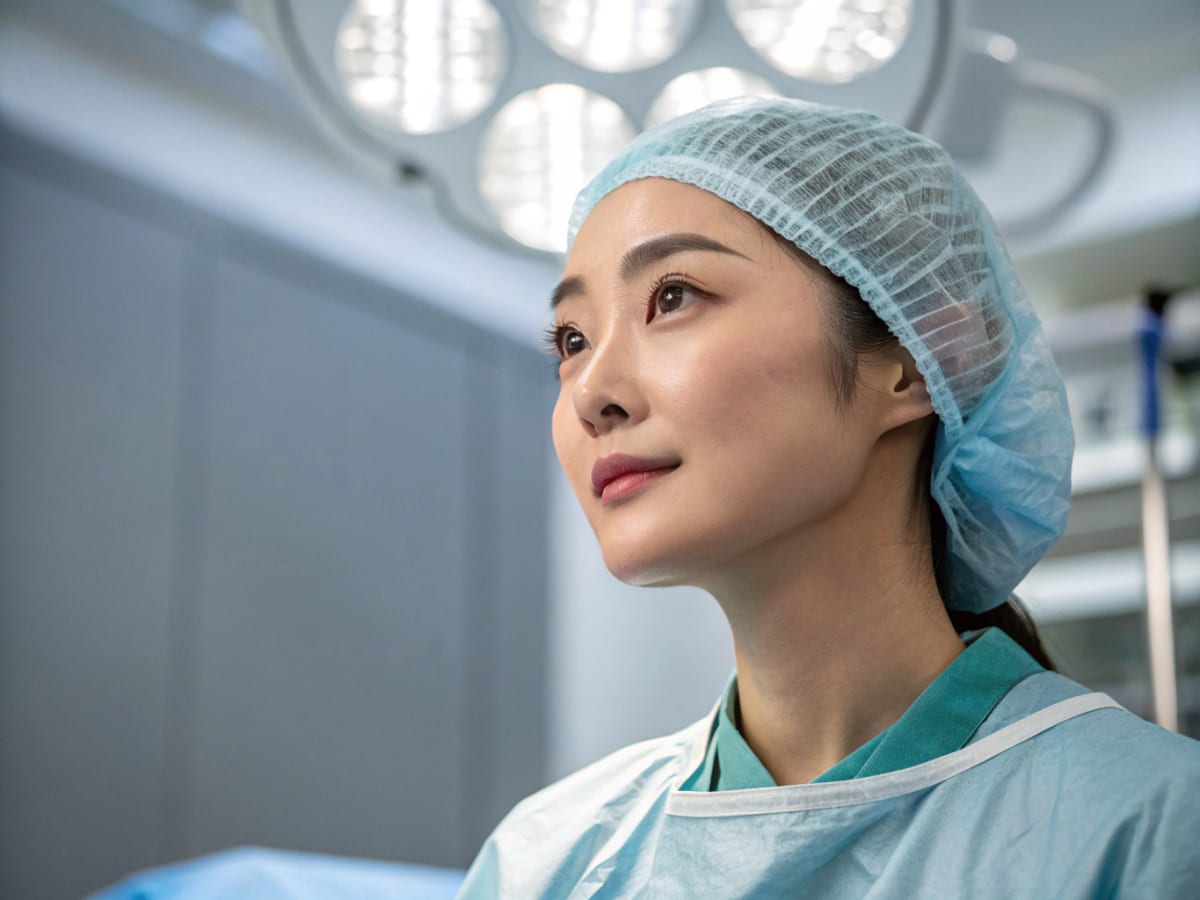
3D Microscope Face Lift, ‘Precision’ Makes the Difference
When consulting with women in their 50s to 70s, there is a common story I often hear. A friend had a face lift, and initially, it was effective, but over time, the sagging returned. Some even share these concerns.
“The scars around my ears are too noticeable, so I can’t tie my hair up.”
“People keep telling me that my expression looks strange after the surgery.”
Perhaps that’s why these days, people are more curious about “how precisely the procedure is performed” rather than the method itself. This ‘precision’ has indeed become the biggest interest of patients recently. Precision is an essential factor for achieving natural and long-lasting results.

Limitations of Traditional Face Lifts: Why Precision Matters
A face lift isn’t just about tightening the skin. It’s crucial to accurately dissect and tighten the SMAS (Superficial Musculo-Aponeurotic System) layer beneath the skin, as precision greatly affects the naturalness and longevity of the results.
In the past, it was common to use a ‘Loupes’, a magnifying glass, but there was a limit to the magnification, making it difficult to clearly see microstructures. Prolonged surgeries would strain the neck and eyes due to working in a narrow field of view, creating a practical burden for surgeons. These limitations sometimes led to insufficient handling of the SMAS layer or unnecessary tissue damage, resulting in minimal effects or prolonged recovery times.

The Evolution of Face Lift Surgery: The Advent of the 3D Microscope
With the increasing emphasis on precision, a new technology has emerged in addition to traditional methods—the 3D microscope. Although the name might sound unfamiliar, it is actually a tool originally used for highly precise surgeries, such as those involving nerves or blood vessels.
The 3D microscope offers a high-definition, three-dimensional view of the surgical area, enabling much more precise and accurate dissection. Microscopic blood vessels, nerves, and the boundaries of the SMAS layer, which are difficult to see with the naked eye, are much clearer. This helps reduce unnecessary damage and allows for targeted dissection where needed.

This method positively influences not only recovery speed but also minimizes swelling and bruising. This opens up the possibility of achieving a more natural and relaxed expression.
Today, it seems more important to focus on “how precisely the surgery is performed” rather than on the “pulling force.” While dramatic changes right after the procedure were popular in the past, today’s standard is more about achieving a natural change that goes unnoticed by others and maintaining it over time.
If you’re considering surgery, why not look beyond just the cost or effect and also consider “how precisely it can be done” and the technology that allows for it?
Which choice would you make?

I also performed surgeries with loupes for some time. However, after adopting the 3D microscope, I have clearly felt a difference in precision and stability of the surgery. As microstructures are vividly visible, targeted treatment is possible, promising natural results and a smooth recovery process. If you’re considering 3D view-based face lifting, it might be worth applying for a consultation in an operating environment utilizing MedithinQ’s equipment.
Promise the best surgical results with the intricacies not visible to the naked eye and the 3D microscope.
Now, go for the 3D SCOPEYE!
